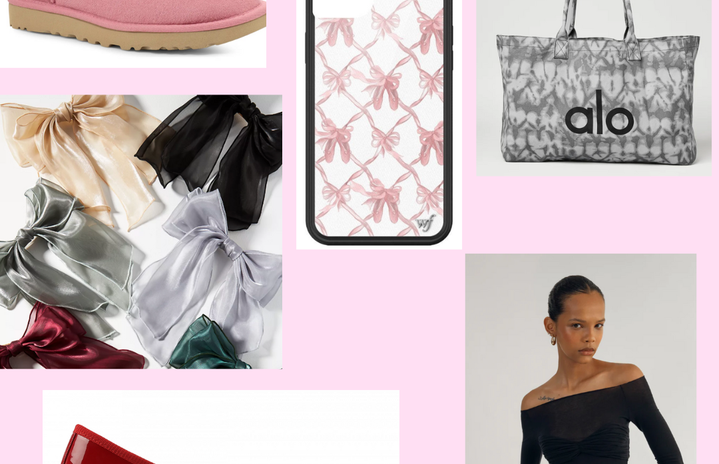In 2020, Forbes suggested that while women only make up half of the world’s population, they drive 70-80% of consumer purchasing decisions. The female economy is booming, and from within this gendered culture of consumerism, the ‘girlhood’ trend has emerged. Though it might appear to be a celebration of all things ‘girly’ – the Barbie movie, baby tees, the heart motif, painted wine glasses – just to name a few – the ‘girlhood’ trend on TikTok speaks to a wider issue of hyper-consumerism within Gen Z. What ‘girlhood’ has become is commercialisation of aesthetic as a concept.
In our post-pandemic world, it feels almost impossible to scroll through your For You Page without seeing a haul of some kind: skincare, makeup, clothes, household goods, for example. TikTok has ultimately become a marketplace for brands to advertise their products to a majority female audience. They take an aesthetic – coquette, balletcore, clean girl, cottagecore (the list is really endless) – identifiable by items of clothing, makeup styles and accessories, and market their products (usually through influencer marketing) accordingly. Take retail and e-commerce platform SSENSE and their Instagram post ‘GIRLCORE: are you girl coded?’. The title slide is followed by multiple slides taking an aesthetic and monetising clothing and makeup products on their website based on trends from ‘girlboss’ to ‘feral girl’. Ultimately, the ‘girlhood’ trend is the result of consumer marketing, and ‘girlhood’ itself is comprised of consumption.
Even the ‘girlhood’ media we consume is not safe from the shackles of hyper-consumerism. Consider a trip to the cinema to watch last year’s box office mega-giants, from Barbie and Taylor Swift: The Eras Tour to Renaissance: A Film by Beyoncé and Priscilla. Aside from the ticket price, the screening comes with opportunities to buy the characteristically pink popcorn buckets, posters, and drink cups. The female demographic will always be exploited for financial gain, no matter the industry.As a response to the surge of ‘girlhood’ marketing, the de-influencing trend arose. Characterised either by women who had given in to trends and regretted it, or those who are simply trying to speak some sense into their audience, de-influencers main goal is to prevent you from giving in to the clutches of consumerism. The goal of de-influencing is to remind us that despite the marketing ploys of TikTok’s brands and creators, ‘girlhood’ is not whatever your For You Page is trying to sell you at the moment.


